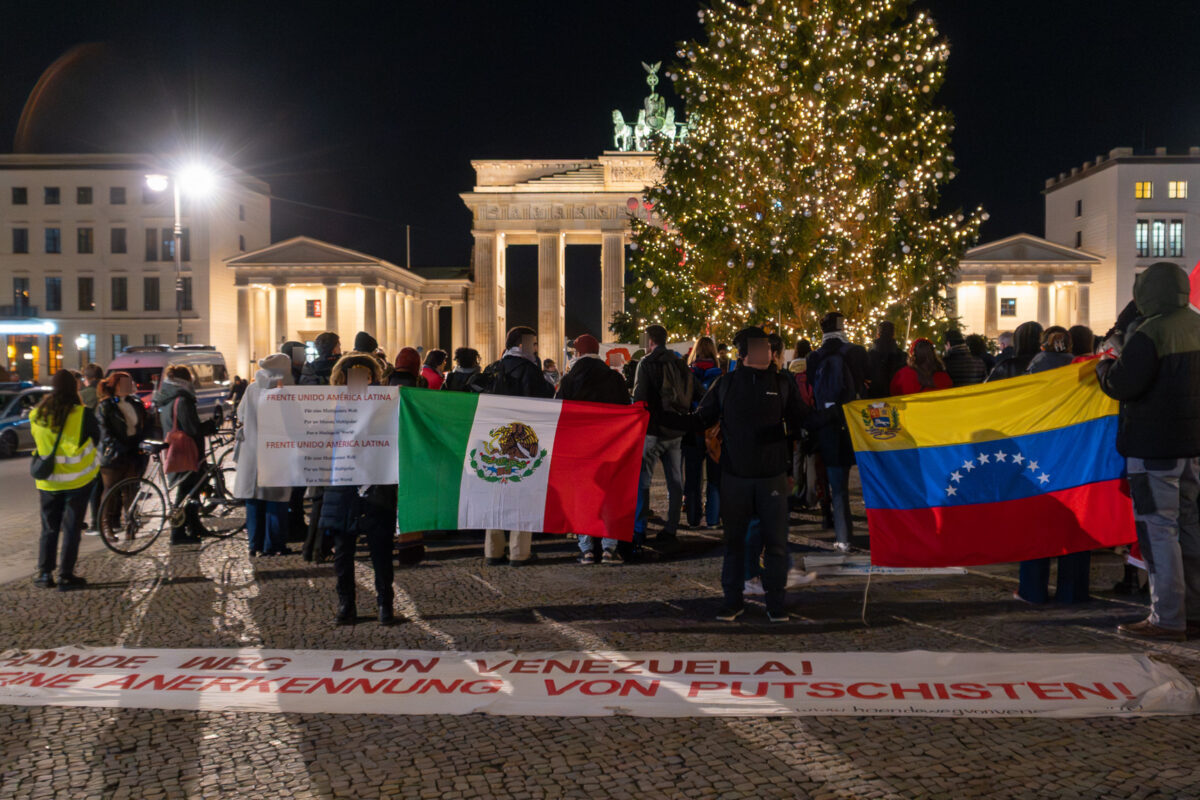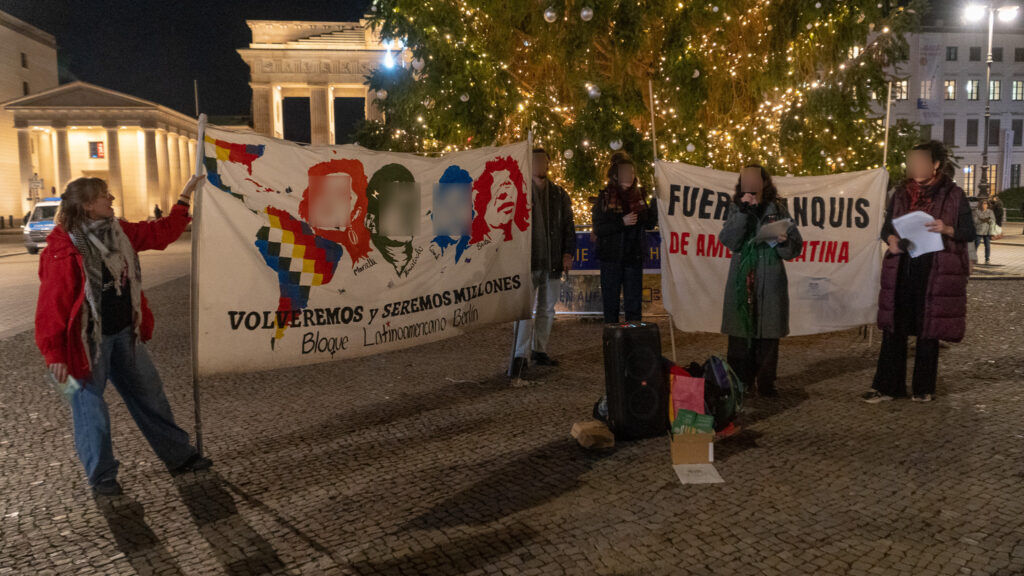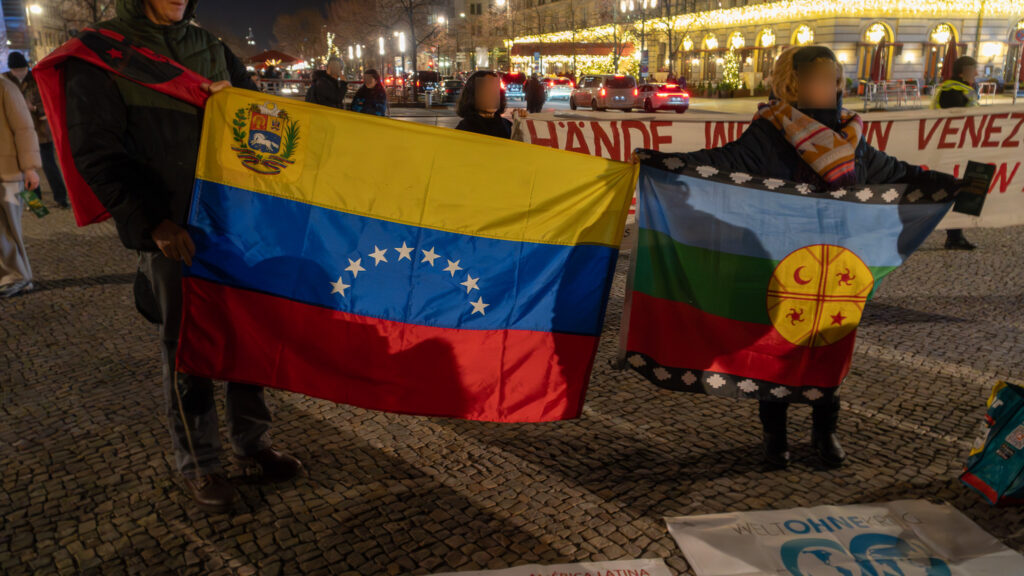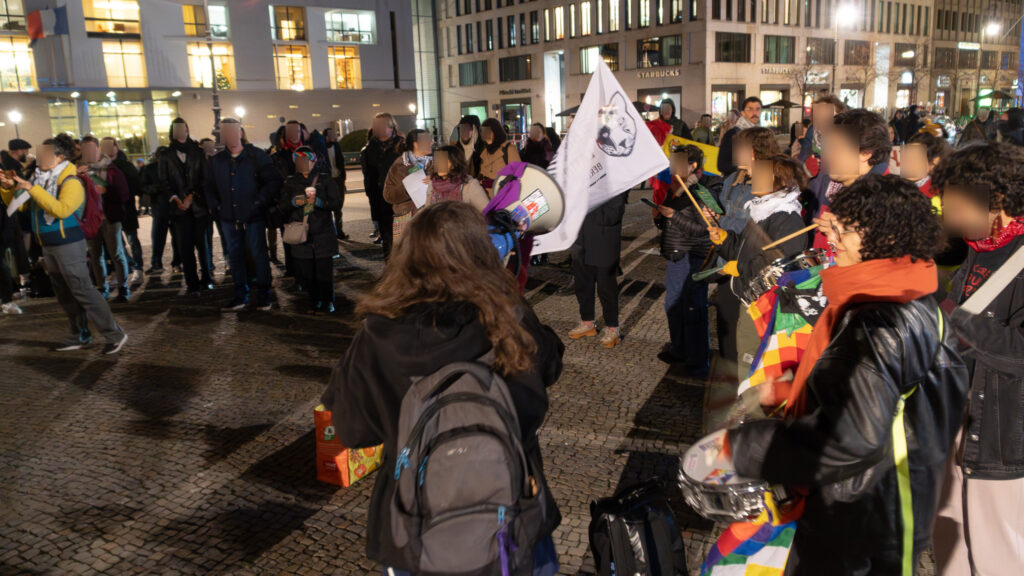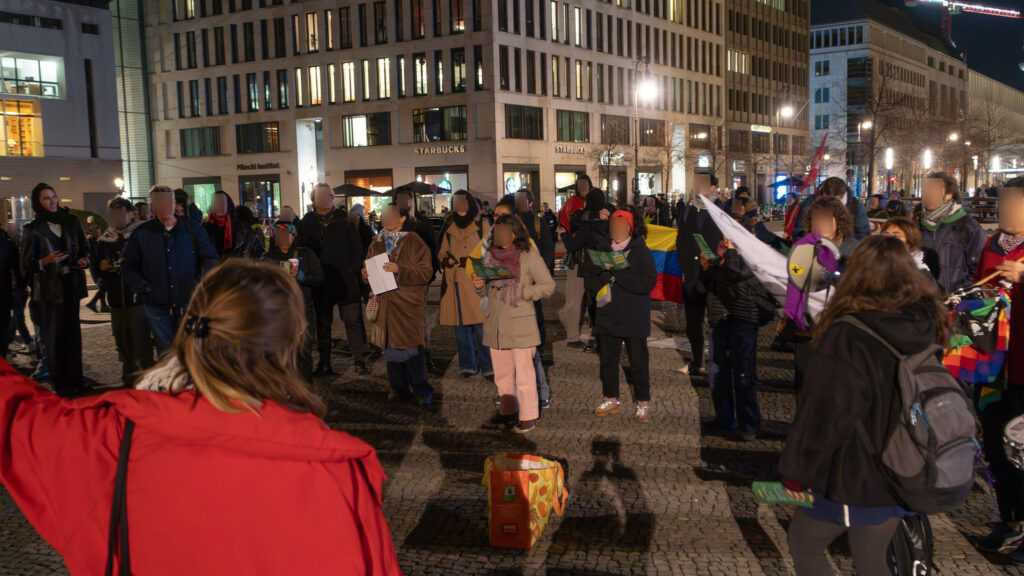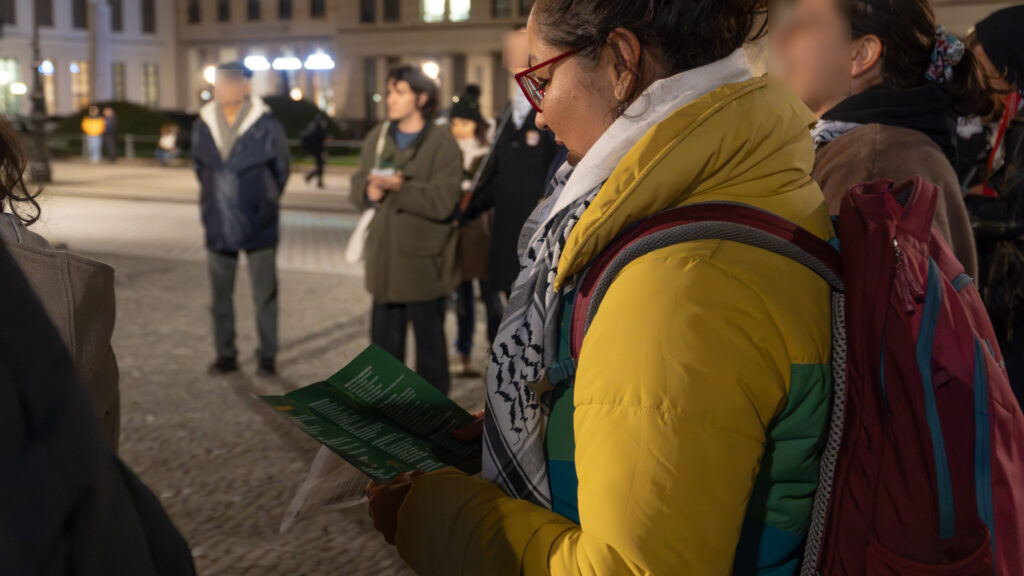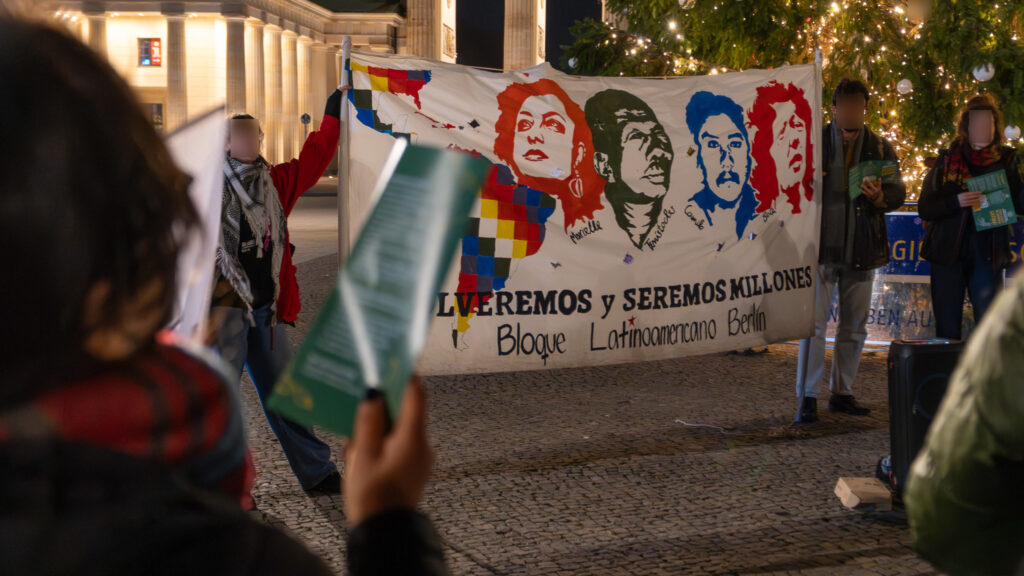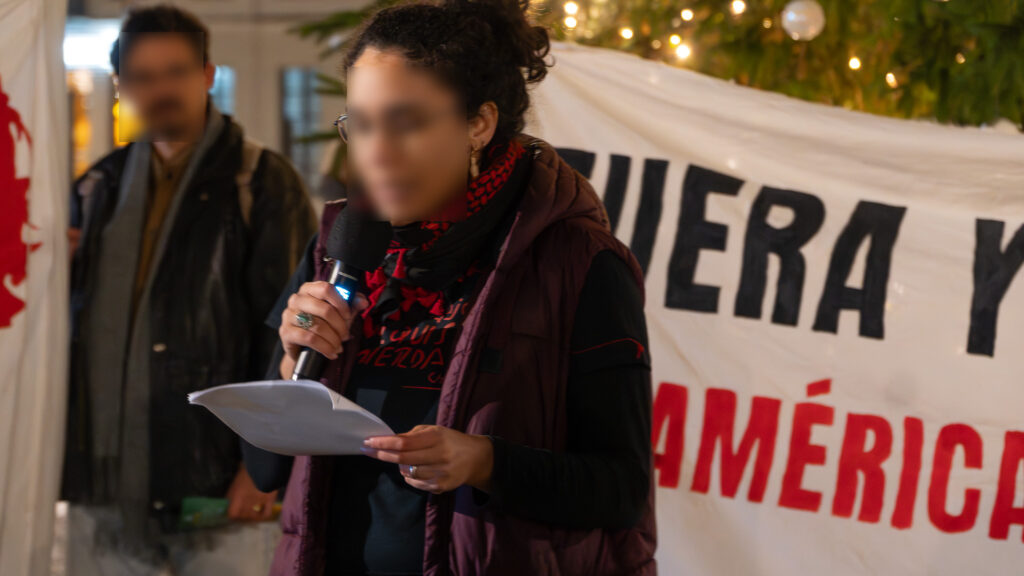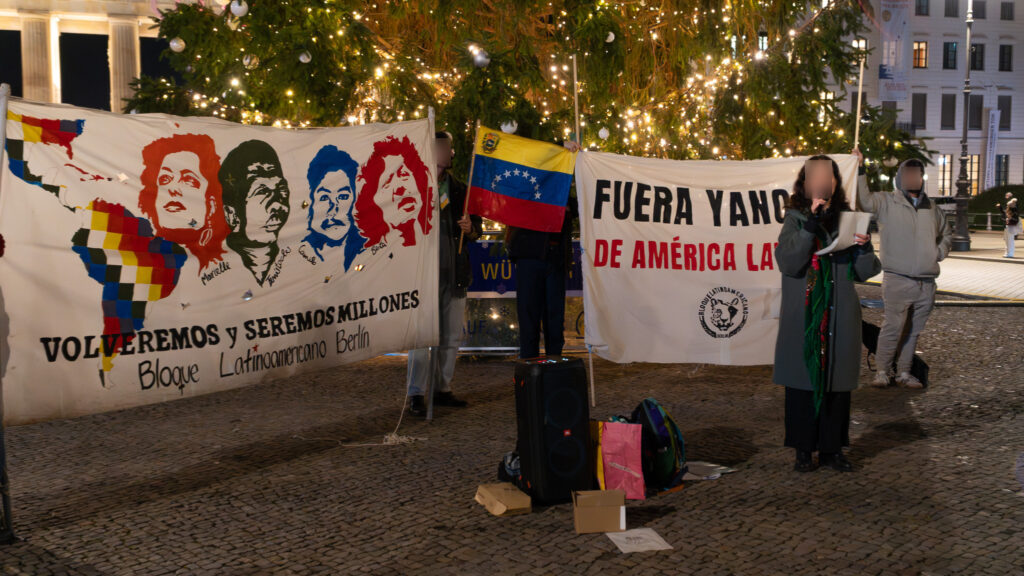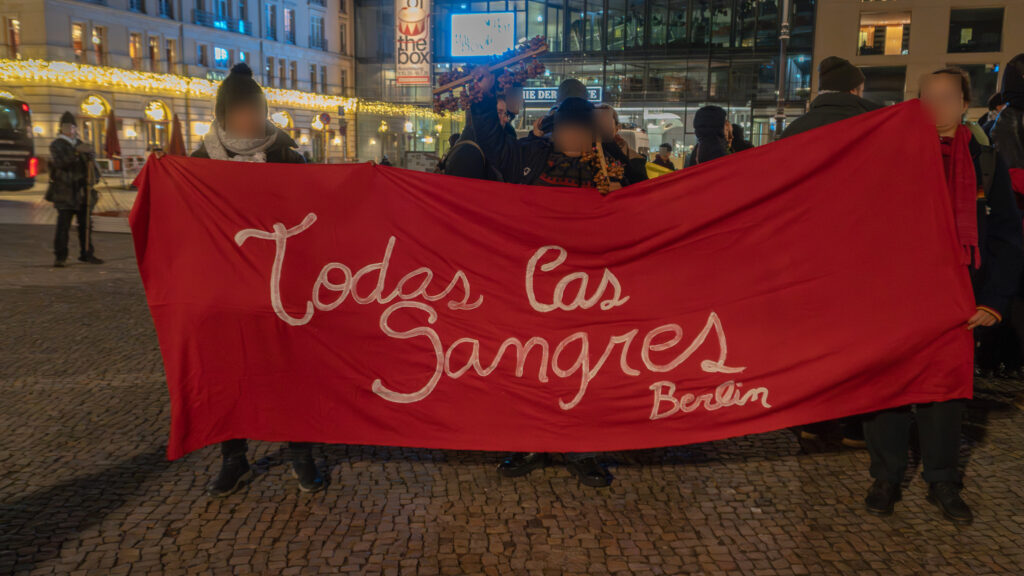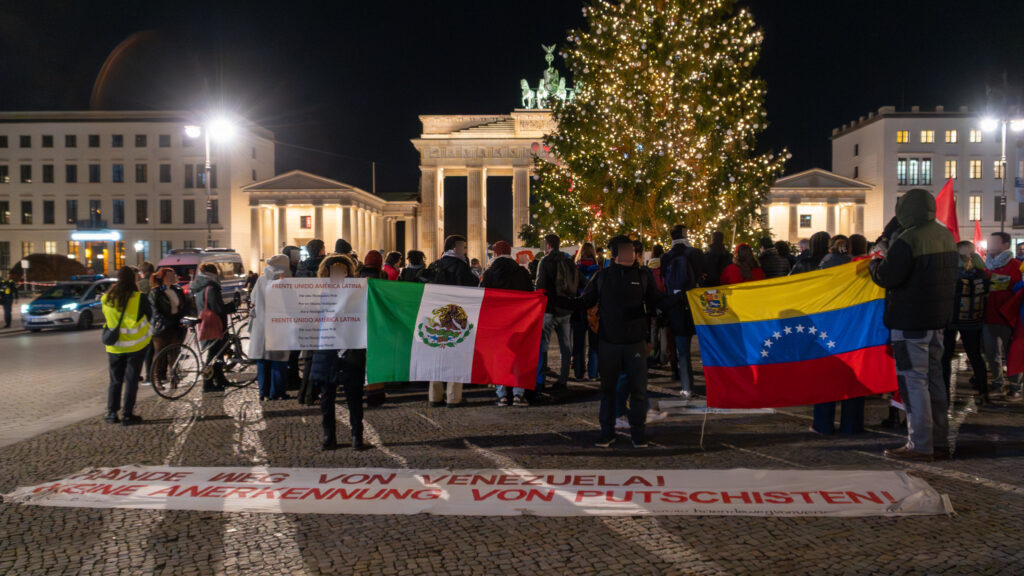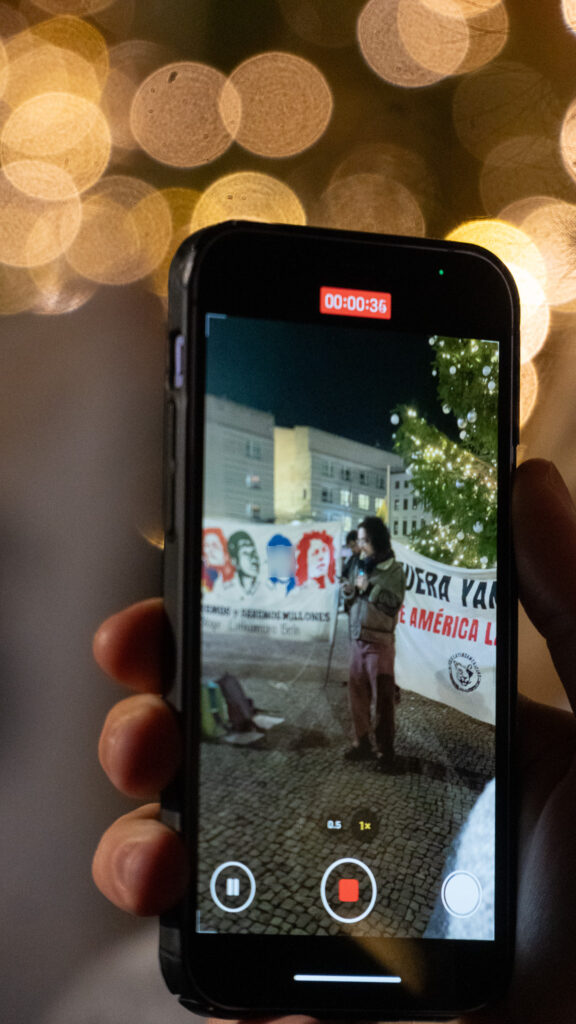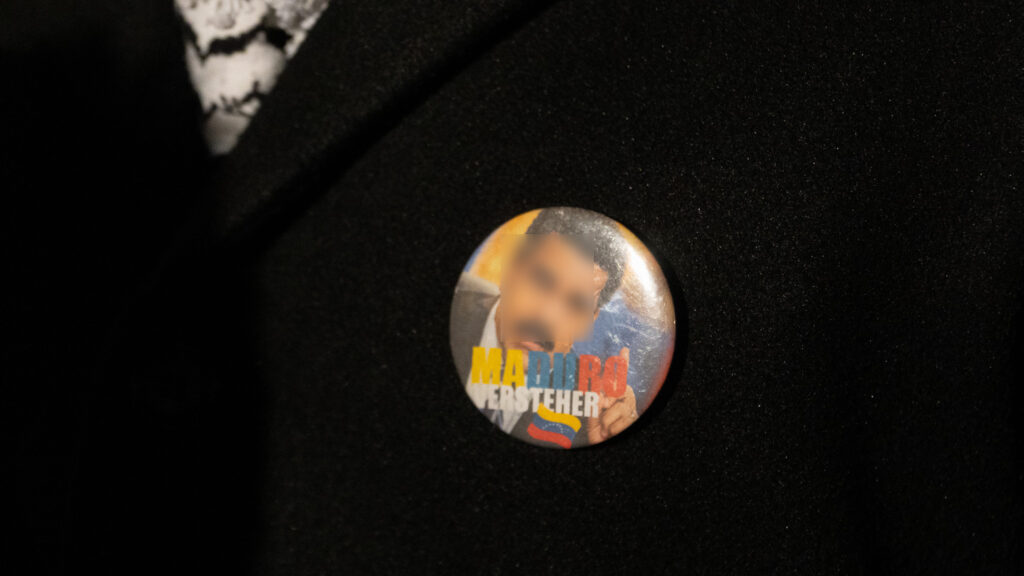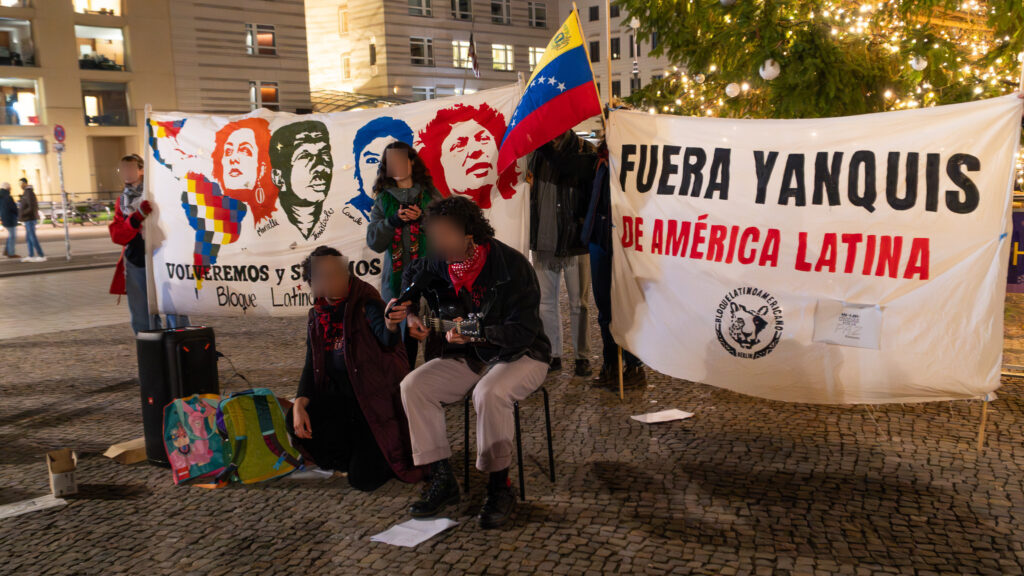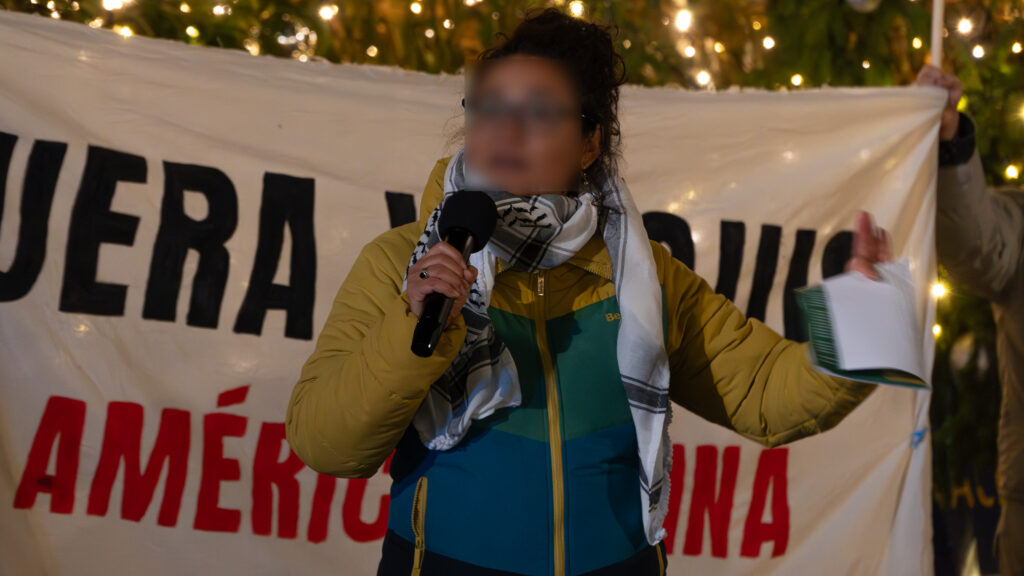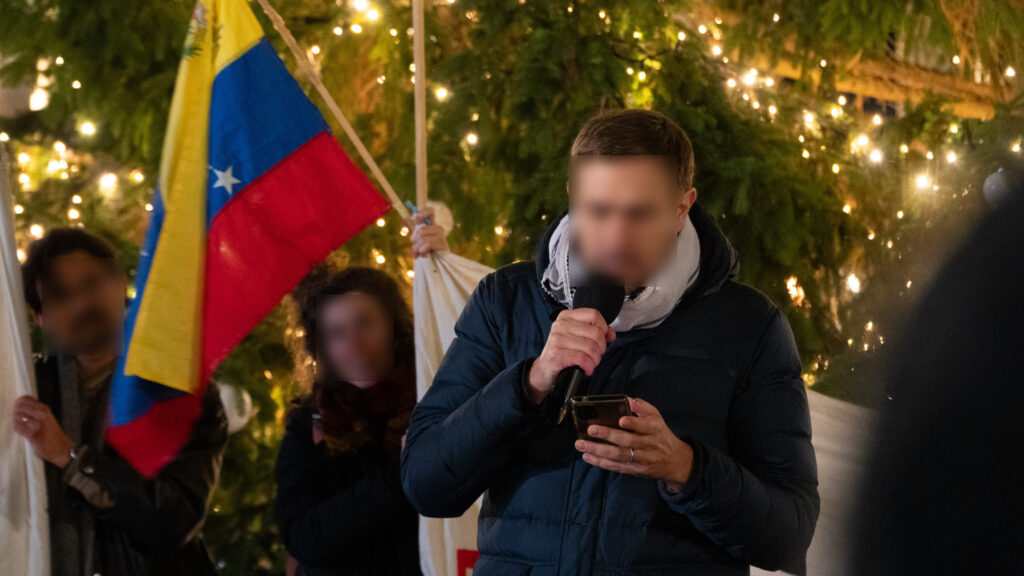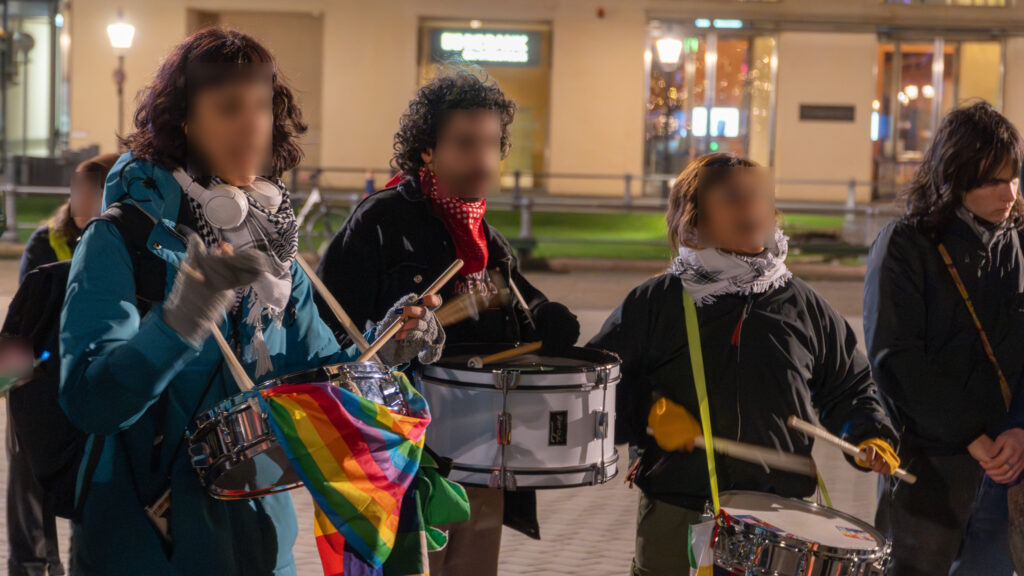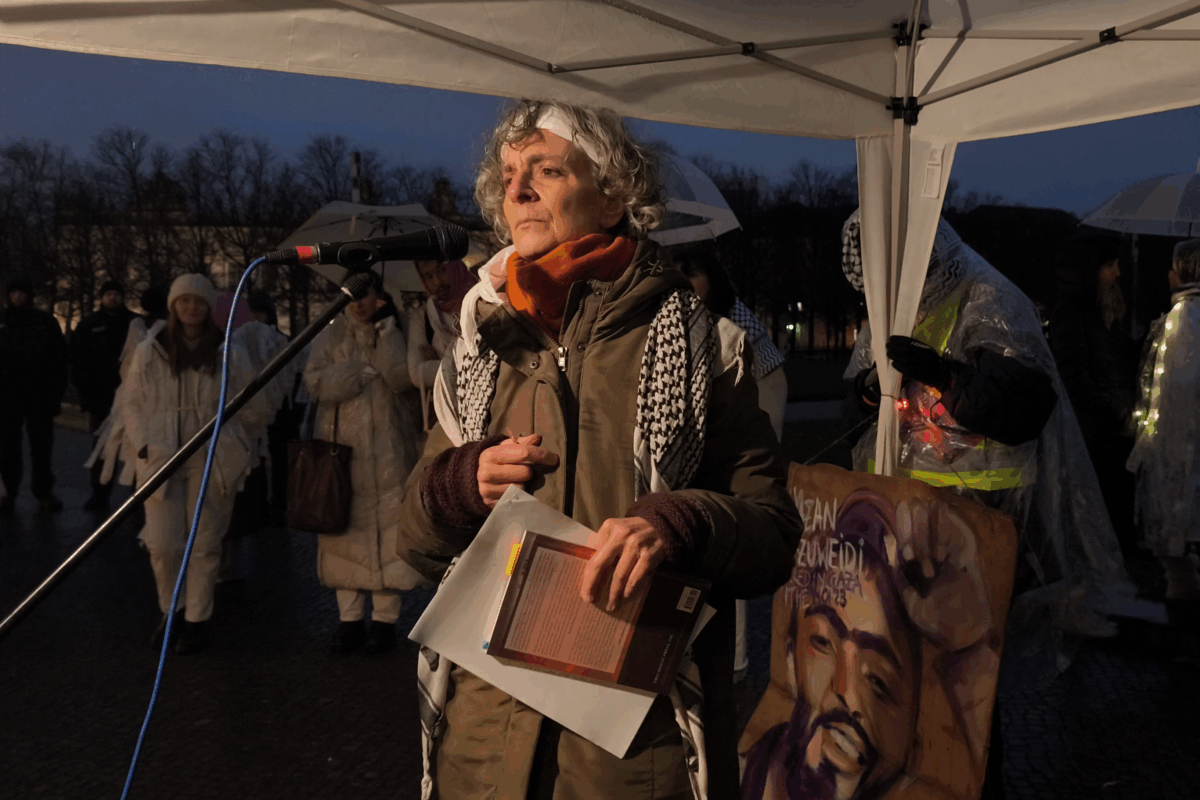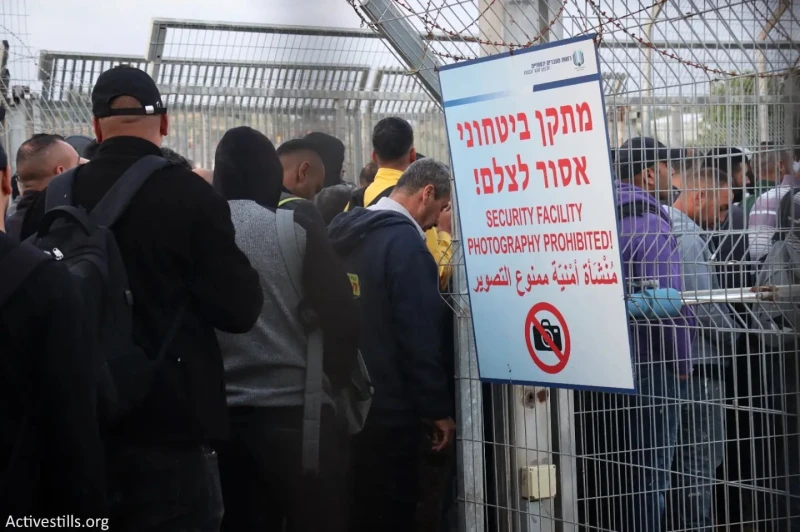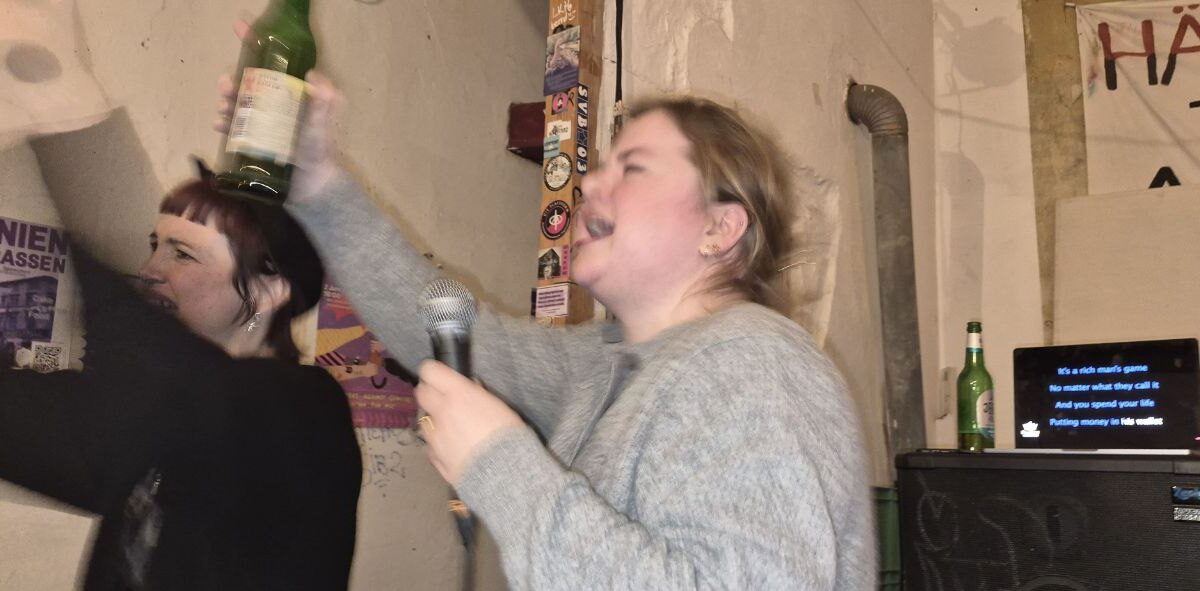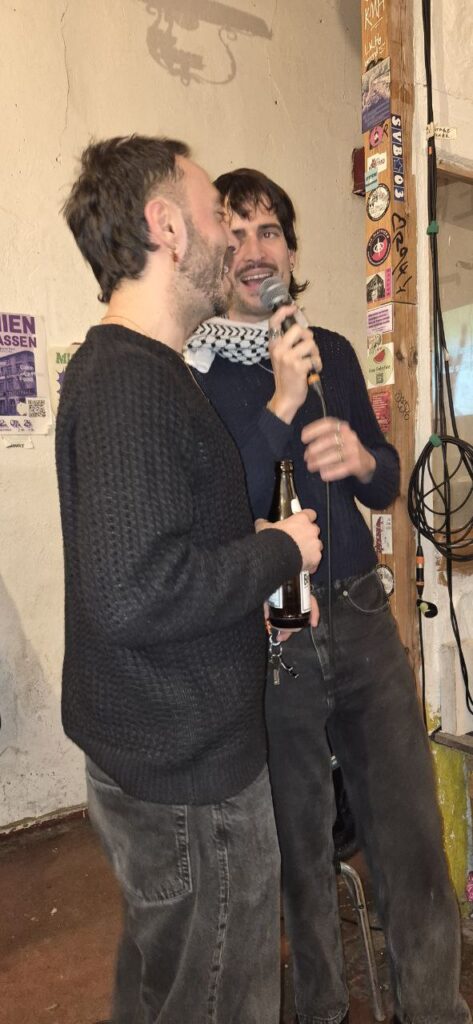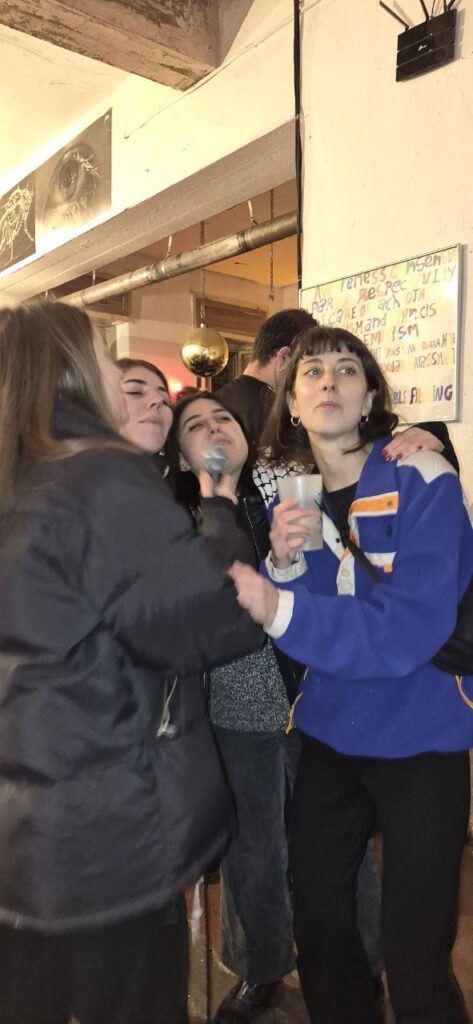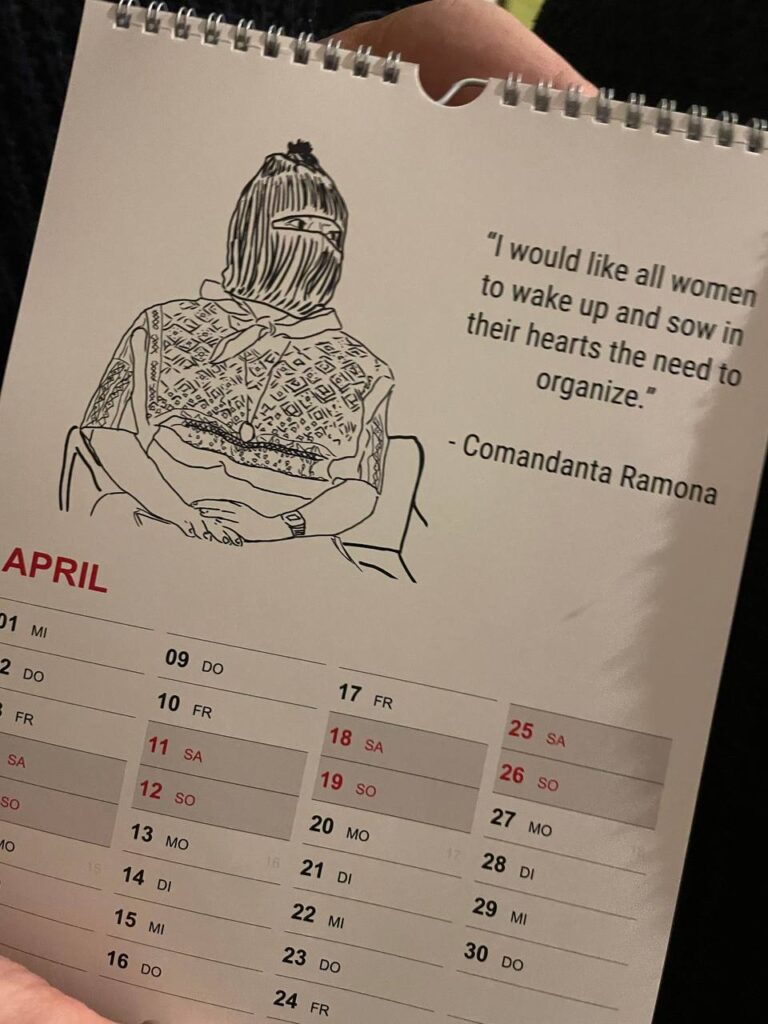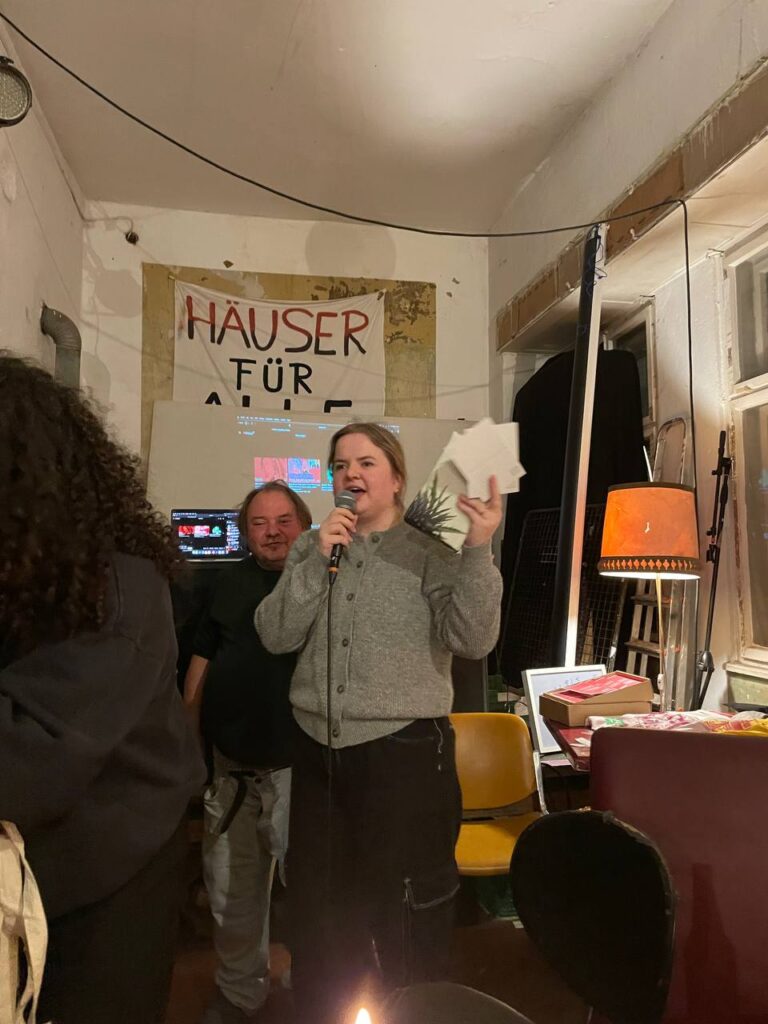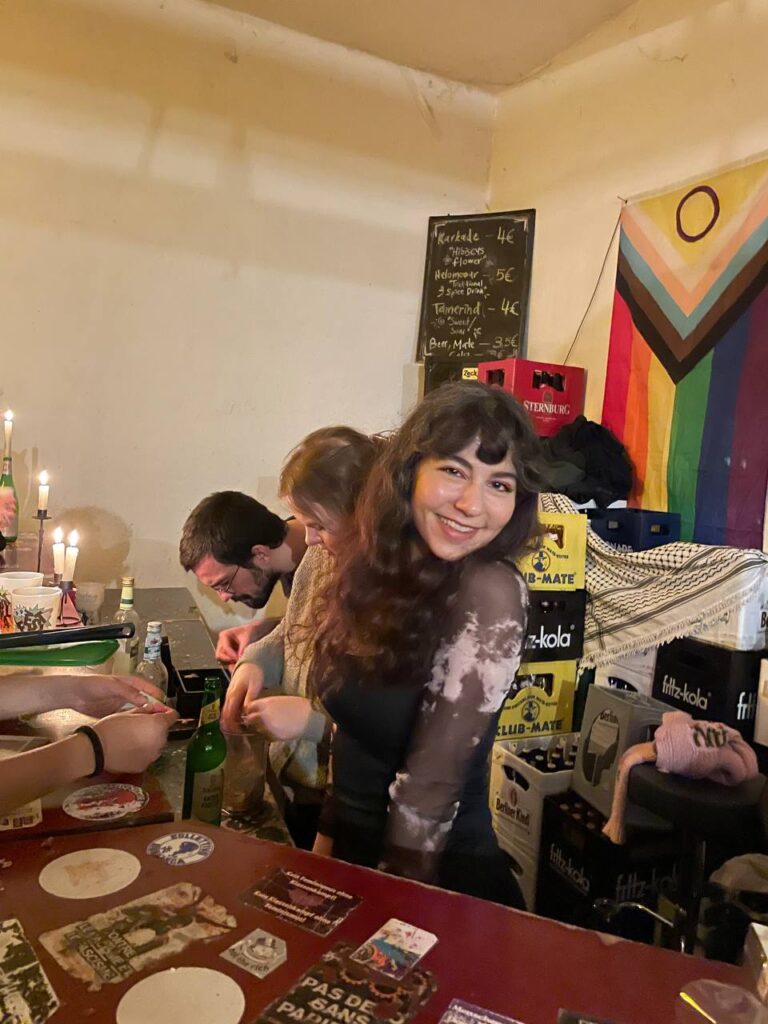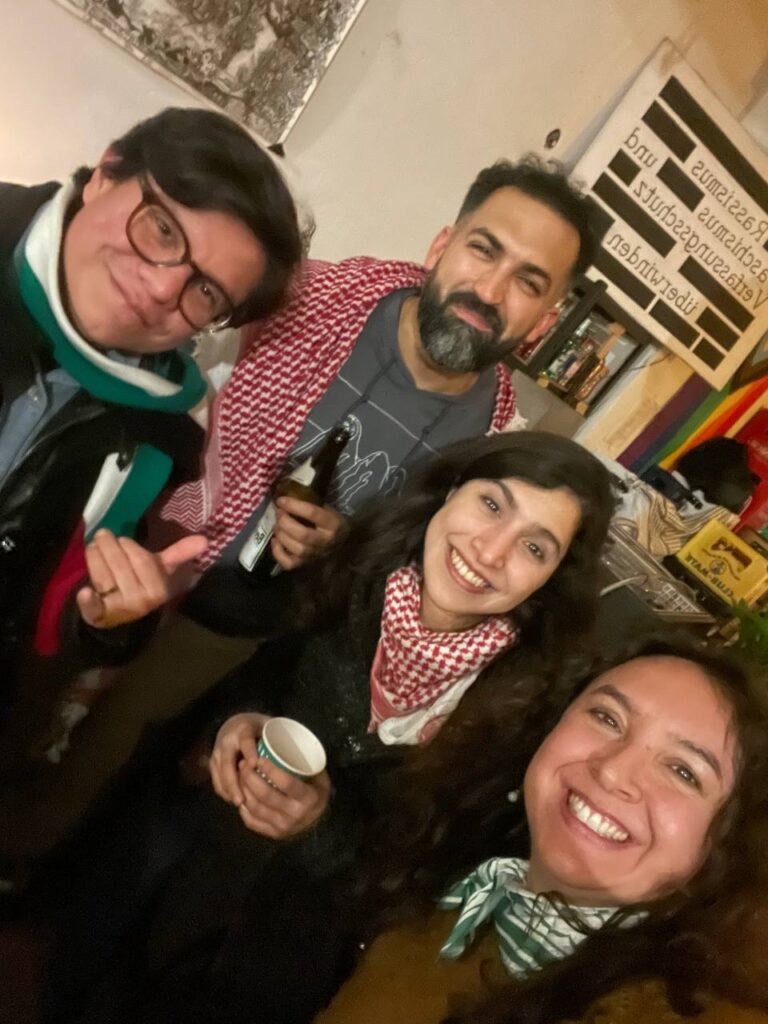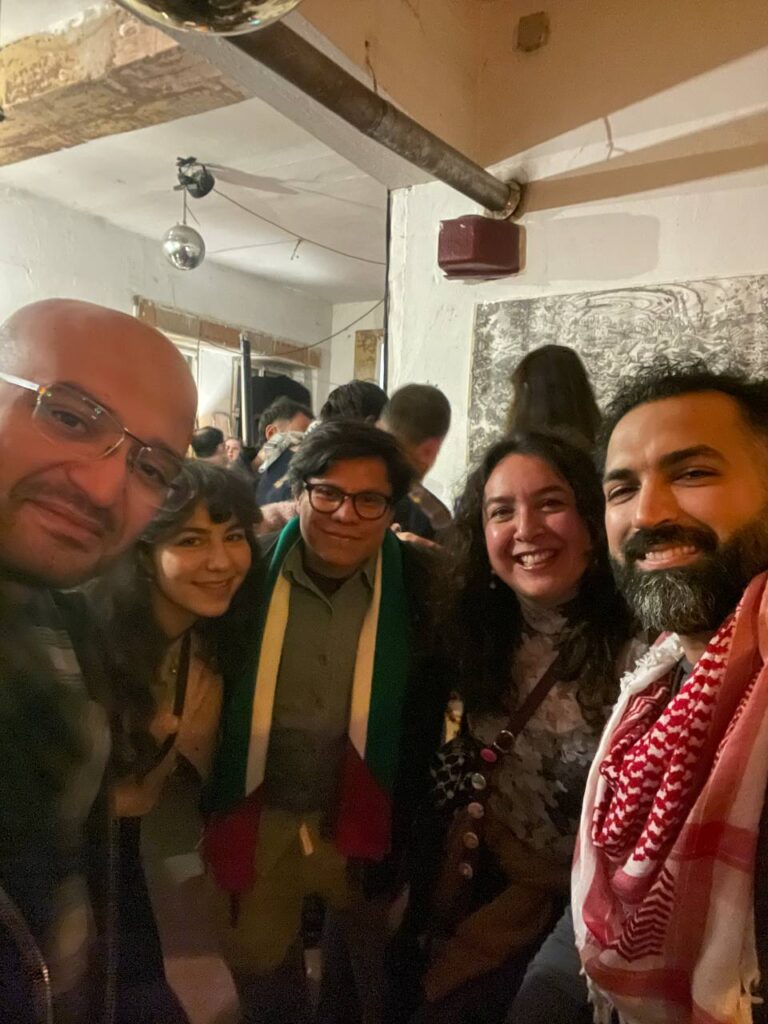On 8 September 2025, five people of various nationalities entered the premises of Elbit Systems in the city of Ulm, in southern Germany. While filming themselves with their faces uncovered, they carried out a non-violent action aimed at preventing the continuation of the genocide in Gaza. In subsequent videos, they clearly explained their demands and why they chose the German location of the Israeli weapons manufacturer Elbit Systems—a company responsible for a significant proportion of the weapons and technology used in the genocide in Gaza, as documented in this UN report. They waited to be arrested by the police without resisting or attempting to flee. Since then, these five Irish, British, German, and Argentinian-Spanish individuals have been held in pre-trial detention.
This direct action—involving alleged non-violent destruction of property—highlighted not only the inaction of the German government, a signatory to the UN Convention on the Prevention and Punishment of the Crime of Genocide, but also its active participation in the genocide through diplomatic support, arms exports to Israel, and the production on German soil of weapons directly used in the genocide of the Palestinian people. Germany, which faces several legal proceedings both domestically and at the International Court of Justice in The Hague for its complicity, has responded with the full force of its institutional repression against these five individuals.
Since their arrest on the same day—when they were read their rights, including the statement, “you may make a phone call to a lawyer and a family member or friend”—the detained activists, their lawyers, and their support networks have reported repeated abuses and denials of basic rights:
- Being forced to undress and held in cells for hours wearing only underwear (no bras).
- Being detained for 30 hours without adequate food.
- One of the five being prescribed medication by a doctor and then denied access to it by police for 20 hours.
- Being interrogated by police without a lawyer present.
- All five individuals being denied access to lawyers until minutes before their first hearing, despite repeated requests and repeated attempts by lawyers to reach them.
- At least one activist being denied access to their lawyer for two weeks.
- At least one activist being denied any contact with family or friends for a month.
- Being separated from one another after the hearing and held in separate prisons across five different cities.
- Several activists being held in solitary confinement, locked in their cells for 23 hours a day.
- Severe restrictions on visits from family and friends, with some allowed only one hour per month.
- Restrictions on phone calls, limited exclusively to contact with lawyers.
- Denial of release on bail despite no criminal record and no risk to public safety.
- Incoming letters being withheld for four weeks or longer before delivery.
- Being subjected to strict surveillance of all communications.
The German state is treating these five activists as dangerous criminals and is seeking to charge them under Section 129 of the German Criminal Code—forming or belonging to a criminal organisation—an offence carrying a potential sentence of up to five years in prison. Given the lack of evidence, prosecutors are struggling to substantiate this charge, resulting in prolonged pre-trial detention under the harsh conditions described above.
Defence lawyers argue that there have already been multiple procedural irregularities in both the investigation and bail process. This strongly suggests political pressure and motivation, consistent with the German state’s recent treatment of the pro-Palestinian movement.
Accusations under Section 129 have previously been used against climate activists, for which Germany has been reprimanded by the UN Special Rapporteur on human rights defenders. In response, the German government issued a pathetic and revealing letter acknowledging surveillance of activists, albeit without the use of infiltrators.
The blatant abuse of power and intimidation by the German state has led the lawyers representing the Ulm 5 to publish the letter below. In it, they demand not only the immediate release of their clients from pre-trial detention, but also an investigation into Elbit Systems Deutschland for war crimes and crimes against humanity committed worldwide, particularly in Palestine.
It is essential that these five activists receive fair treatment and a fair trial. To that end, national and international attention must be drawn to this case, which risks becoming yet another blow to Germany’s already weakened rule of law.
In recent years, fuelled by Germany’s aiding and abetting of the genocide in Gaza, the rule of law has been profoundly politicised through the doctrine of Staatsräson. The German state’s unconditional—and legally actionable—support for Israel has translated into the systematic criminalisation and persecution of anti-genocide activists. Given the movement’s strength, persistence, and moral clarity, the pro-Palestinian movement has become the most socially, politically, and judicially persecuted movement in Germany since reunification.
In the future, when it is too late, it will be clear that the genocide of the Palestinian people was not stopped in the courts, but in the streets—through direct actions that struck at the heart of the international genocidal network.
Press release – 26th November 2025
Defence team for the “Ulm 5” calls for investigation into Elbit Systems Deutschland’s possible involvement in war crimes committed by the Israeli army in Gaza
The Ulm 5 – who include an Irish citizen and two from the UK – have been accused of breaking into the site of the German subsidiary of Israeli arms manufacturer Elbit Systems, in Ulm, south-west Germany, on 8th September 2025, and of damaging property.
As their defence lawyers we call on the Stuttgart Public Prosecutor’s Office also to investigate the potential involvement of Elbit Systems Deutschland GmbH & Co. KG in war crimes, crimes against humanity and genocide in Gaza.
Our clients’ motivation was to prevent such crimes. Elbit Systems Deutschland GmbH und Co KG is a wholly-owned subsidiary of the Israeli company Elbit Systems Ltd. Elbit Systems Ltd profits considerably from the war in Gaza and supplies a large proportion of the drones used there. Elbit Systems Deutschland must therefore also account for its shared responsibility for war crimes in Gaza. Yet more than two months after the incident, the Stuttgart Public Prosecutor’s Office has not conducted any investigations in this regard.
The actions of the Ulm 5 were clearly aimed at a legitimate goal, namely, to end the killing of civilians in Gaza. Only property damage was caused; no persons were injured.
The defence demands that our clients be released immediately from pre-trial detention, which is being enforced with heightened restrictions, such as strict surveillance of phone calls, post, and visits. Some of the accused are on 23-hour lock-in with access to books and activities denied.
Not only is the enforcement of pre-trial detention disproportionate to the alleged offence, but furthermore there is no compelling reason for pre-trial detention at all. An assumption of flight risk is absurd, given the circumstances: our clients recorded themselves during the action and then permitted themselves to be arrested by the police without resistance. A video of the action was posted online publicly. Clearly, their intention was not to evade proceedings, but rather to face them, so they can explain the reasons for their actions.
The members of the defence team undersigned are available to answer any questions.
Dr. Maja Beisenherz, München info@beisenherz.eu, 0177 / 70 95 812
Mathes Breuer, München breuer@kanzlei-abe.de, 0175 / 52 46 963
Benjamin Düsberg, Berlin mail@rechtsanwalt-duesberg.de, 0157 / 30 30 8383
Rosa Mayer-Eschenbach, München eschenbach@kanzlei-abe.de, 0176 / 65 35 9443
Christina Mucha, Memmingen info@kanzlei-mucha.de, 08331 / 69 08 136
Matthias Schuster, Berlin mail@anwalt-schuster.de, 0176 / 24 75 8230
Martina Sulzberger, Augsburg kanzlei@anwaeltin-sulzberger.de, 0821 / 50 87 3850

